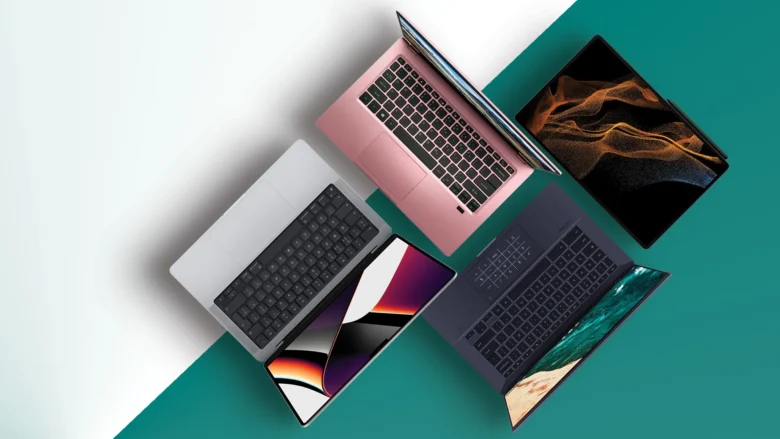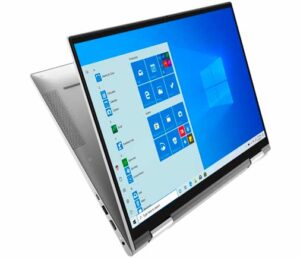In today’s fast-paced digital world, selecting the right laptop can be a daunting task. With myriad brands, specifications, and features to consider, it’s essential to have a clear guide that helps streamline your decision-making process. Whether you’re a student, a professional, or a casual user, this comprehensive laptop buying guide will ensure you make an informed choice tailored to your specific needs.
1. Define Your Needs
Before diving into the vast ocean of laptops, identify what you need from your device:
- Students may prioritize battery life and portability.
- Professionals might need powerful specs for software like Adobe Photoshop or AutoCAD.
- Gamers will look for high-end graphics cards and fast refresh rates.
- Casual users could prefer something more budget-friendly for browsing and streaming.
2. Choose the Right Operating System (OS)
Your laptop’s operating system can significantly affect your user experience. Here’s a quick rundown:
- Windows: Versatile and universally popular, great for gamers and professional software.
- MacOS: Known for its sleek interface and strong performance with creative software.
- Chrome OS: Best for basic tasks like web browsing, emails, and document editing, often found on more affordable laptops.
3. Consider Key Specifications
The performance of your laptop hinges on its specifications. Focus on:
- Processor (CPU): Acts as the brain of your laptop. Intel and AMD are the leading brands; consider newer generations for better performance.
- Memory (RAM): Affects multitasking capabilities. 8GB is a minimum for smooth performance, while 16GB or more is optimal for heavier tasks.
- Storage: SSDs offer quicker boot times and faster data access than HDDs. Aim for at least 256GB, but more is better if you handle large files.
- Graphics Card: Crucial for gaming and content creation. Integrated graphics are sufficient for general use, but dedicated GPUs are necessary for intensive graphics tasks.
4. Screen Quality Matters
Since you’ll spend countless hours staring at your screen, quality is crucial:
- Resolution: 1080p is standard, but 4K provides exceptional clarity and detail, ideal for graphic designers and video editors.
- Panel Type: IPS panels offer the best color and viewing angles.
- Size: Typically ranges from 11 to 17 inches. Consider portability versus workspace size.
5. Battery Life
If you need a laptop on the go, battery life becomes a priority. Look for laptops that offer:
- At least 8 hours of battery life for portability.
- Check user reviews and independent tests to verify battery life claims.
6. Portability vs. Performance
- Thin and Light: Ideal for traveling, usually less powerful.
- Workstations: Heavier and larger but packed with high-performance features.
7. Brand and Budget
- Budget: Set a budget before you start looking. Laptops can range from a few hundred to several thousand dollars.
- Brand: Certain brands are known for specific strengths and service qualities. Dell, HP, and Lenovo are renowned for their robust business models, whereas Apple leads in creative domains.
8. Read Reviews and Test Out Models
Before making a final decision:
- Read online reviews to gauge user satisfaction and common issues.
- If possible, test the laptop in a store to get a feel for the keyboard, touchpad, and overall build quality.
9. Future-Proofing
Consider future needs:
- Opt for a laptop with upgradeable RAM and storage to extend its lifespan.
- USB-C and Thunderbolt ports offer more future compatibility.
Conclusion
Choosing the right laptop is a balance of performance, budget, and specific needs. By carefully considering your priorities and using this guide to navigate the technical specifications, you can select a laptop that not only fits your daily requirements but also provides satisfaction and reliability in the long run. Invest wisely and your laptop will be a valuable tool for years to come.


